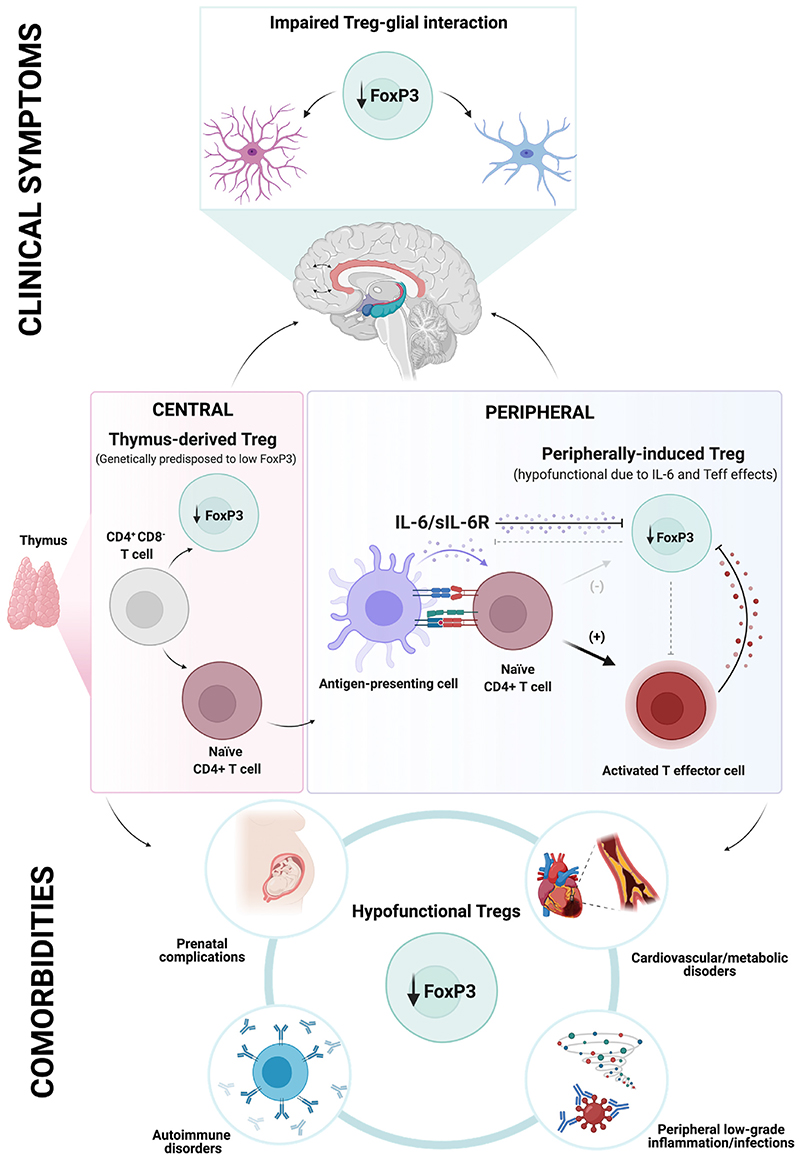Fig. 2. Loss of Treg-mediated immune homeostasis and increased risk of psychosis.
Tregs are the “guardians” of immune homeostasis; they control the balance between the innate and adaptive immune systems, regulate neuron-glial interactions and limit inappropriate inflammation. Middle: There are two main populations of Tregs (light-green cells) based on their developmental origin, thymus-derived (tTregs, pink box) and peripherally-induced (pTregs, blue box). tTregs develop from CD4+CD8− T cells (grey cell), while pTregs are generated extrathymically from naïve CD4+T-cells (marsala cells). FoxP3, a Forkhead family transcription factor, is the master regulator of Tregs, critical for their development and suppressive capacity. Tregs may be more prone to FoxP3 destabilisation in psychosis due to polygenic risk variants influencing the cell suppressive capacity directly (pink box) or indirectly via enhanced IL-6 trans-signalling pathway from innate immune cells (light-purple cells, blue box). IL-6 trans-signalling interferes with the generation of newly immunosuppressive pTregs (faint grey arrow with negative sign), generating instead pathogenic effector T (Teff) cells (bold black arrow with a positive sign) (see Fig. 2 for mechanism). Thus, both IL-6 and Teffs-produced pro-cytokines contribute to or sustain a polygenic hypofunctional Treg state (black inhibitory signs). Top: Symptoms of psychosis may arise from aberrant hypofunctional Treg-glial dysregulation. Tregs in the meninges and brain lymphatic system influence glial function through various immune signals; hypofunctional Tregs fail to maintain a balanced interaction between microglia and astrocytes, which together fail to prevent or adapt to dysfunctional neural development and neurotransmission. Bottom: Genetic and epigenetic predisposition to a hypofunctional Treg signature releases the gain of function of myeloid and effector T cells generating a low-grade inflammatory state that sustains an impaired Treg capacity. Breakdown of the Treg homeostasis is associated with several comorbidities of psychosis. For more information, see the main text and Corsi-Zuelli and Deakin (2021). (For interpretation of the references to colour in this figure legend, the reader is referred to the Web version of this article.)

